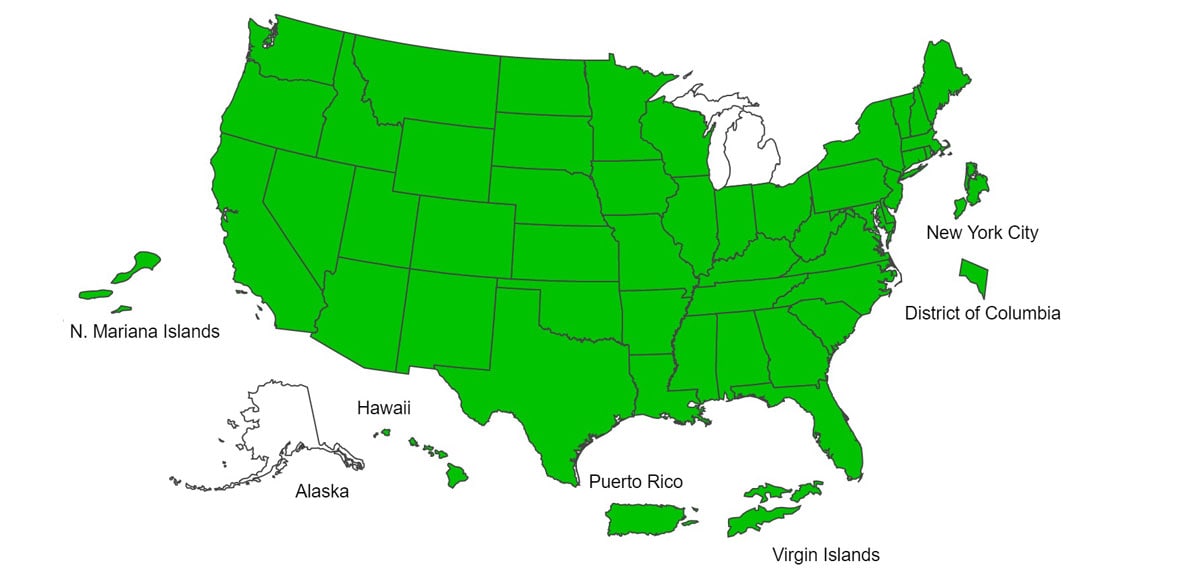- Jennifer Middleton, MD, MPH
The 2020-2021 influenza season has been historically mild, which public health experts have attributed to the behaviors surrounding COVID-19 prevention: mask-wearing, social distancing, and self-quarantining. While we are hopefully past the point of lockdowns, perhaps the COVID-19 pandemic does have lessons to offer regarding future influenza seasons.
The Centers for Disease Control and Prevention (CDC) notes that influenza activity remains "unusually low" across the United States (US). All 50 states are currently reporting "minimal" levels of influenza activity in contrast to this time last year, when over half of states reported "high" levels of influenza activity:
The Influenza Hospitalization Surveillance Network (FluSurv-NET) conducts population-based surveillance for laboratory-confirmed influenza-related hospitalizations in select counties in 14 states and represents approximately 9% of the U.S. population.... Between October 1, 2020, and March 6, 2021, FluSurv-NET sites...reported...an overall cumulative hospitalization rate of 0.7 per 100,000 population. This is much lower than average for this point in the season and lower than rates for any season since routine data collection began in 2005, including the low severity 2011-12 season.
Fears of a COVID-19 and influenza "twindemic" overwhelming the US healthcare system have, thankfully, not materialized. (Sadly, though, COVID-19 proved to be more than capable of overwhelming healthcare systems on its own.) It's likely that the same behaviors instituted to decrease SARS-CoV-2 transmission were even more effective at curtailing the far less contagious influenza viruses.
Continued mask-wearing could dampen the severity of future influenza seasons, but, post-COVID-19-pandemic, will people still be willing to wear masks? It's not entirely implausible:
Part of why it’s possible that masks could become a more long-term fixture in the U.S. is because elsewhere in the world, previous pandemics had the same effect. In 2003, the SARS outbreaks in parts of Asia, including China, Taiwan and South Korea, required mask-wearing....In between the pandemics, consistent mask-wearing in parts of Asia evolved into an occasional polite choice someone might make if they had a cold or cough and were out in public.
Wearing a mask and keeping 6 feet away from others would be reasonable behaviors for all people to continue who need to leave home when ill, not only to decrease the burden from endemic COVID-19 but also influenza. Whether those behaviors persist, and precisely how they might affect the 2021-2022 influenza season, remains to be seen.
We'll continue to regularly update the AFP By Topics on both Influenza and Coronavirus Disease 2019 (COVID-19) as the 2020-2021 influenza season, and hopefully the COVID-19 pandemic, begin to wind down.

